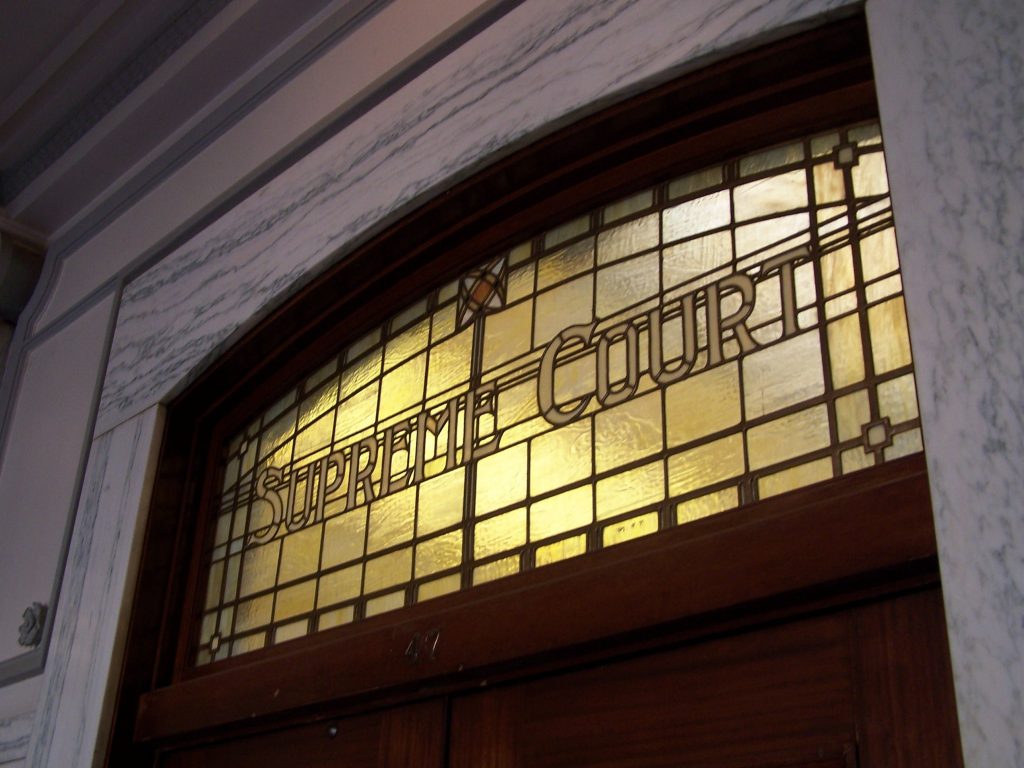On July 21, 2016, the Oregon Supreme Court issued its opinion in Piazza v. Kellim, in which a foreign exchange student was gunned down outside “The Zone,” a Portland underage nightclub. The student’s family claimed the club had not taken proper precautions to protect customers waiting outside in an area known to be dangerous. There had been other incidents involving gunfire at the Zone and in the surrounding streets in Portland’s “Old Town-Chinatown” entertainment district. The trial court dismissed the case, ruling that it was not foreseeable that injury would occur in the way that it did. The court of appeals reversed, and the supreme court agreed, sending the case back for trial to a jury.
The question was “foreseeability,” whether a reasonable jury could find it foreseeable that patrons standing in line outside the Zone would be in danger of gun violence from a mentally ill shooter, and whether the student’s death was the kind of injury within that general class of harm. The court held that, in all but the most extreme cases, the question whether a particular kind of injury was foreseeable is a question a jury, not a judge, should decide. A judge can dismiss a case only when no reasonable jury could find the plaintiff’s injury to be a foreseeable result of the defendant’s conduct. For example, it was not foreseeable in a 1993 case that, when a state prison work crew supervisor left keys in a van, a prisoner would steal the van, drive 50 miles, steal a gun and shoot someone two days later. The state could not be liable for the shooting because a rational jury could not find it a reasonably foreseeable result of leaving the keys in the van.
However, in Piazza, the court found that the risk of violent harm to patrons of the Zone waiting outside in line was something a jury could find reasonably foreseeable. “It is the general nature of the harm at risk, not the precise nature of harm suffered by a particular victim” that controls. More important, the court said that “precisely because it is driven by community values, judges have no upper hand over juries in the inquiry” about what is reasonably foreseeable and what is not. Where the question is what kinds of injury a defendant ought to consider and protect against, the jury, as representatives of the community, should decide.

